Road bikes vs mountain bikes: Understanding the differences
Explaining the similarities and differences between a road bike and a mountain bike
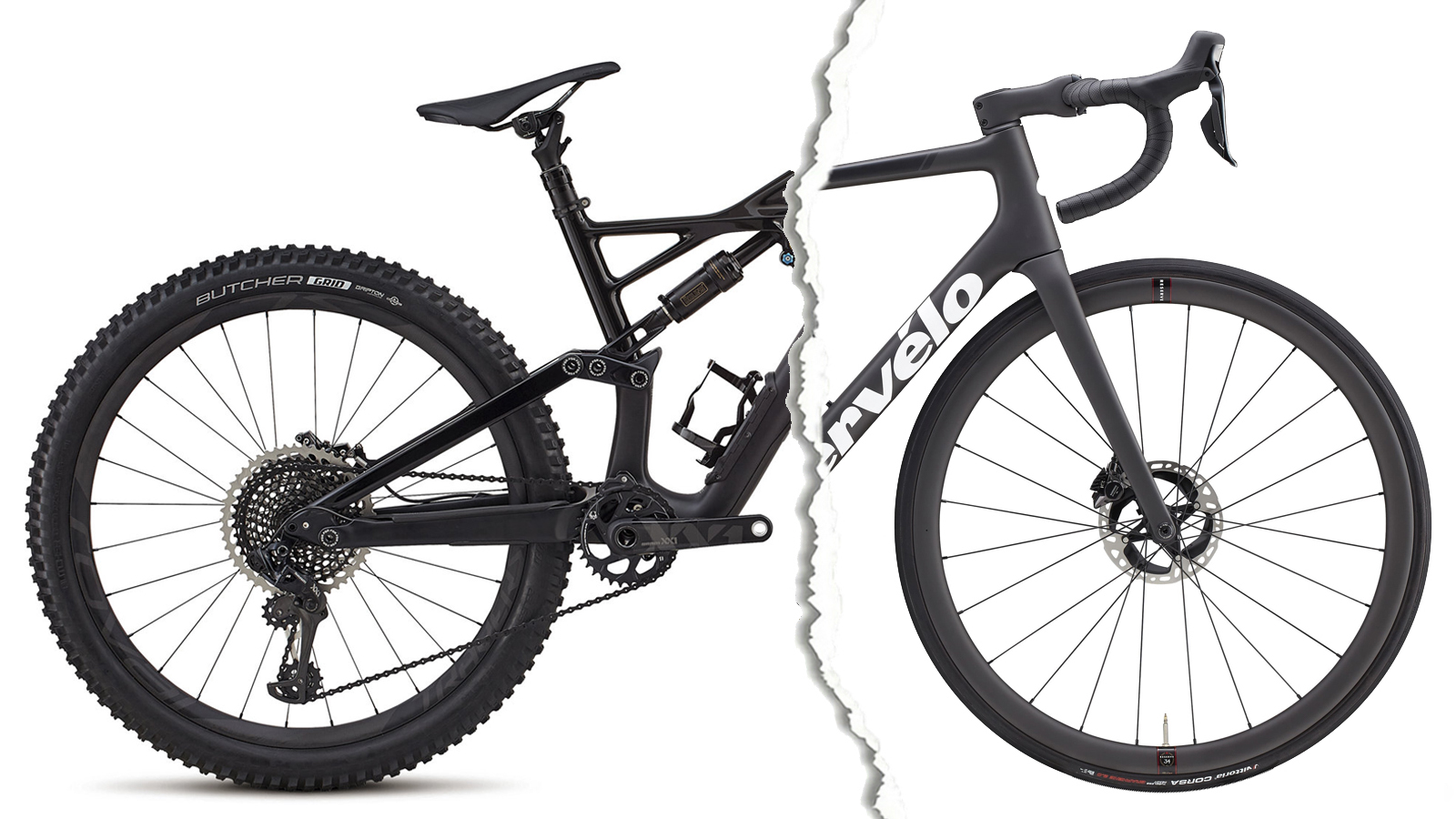
Road bikes and mountain bikes are among the most popular types of bikes you can buy.
But they're very different. Their frames look completely different, one has fat tyres while the other has skinny ones, the handlebars are vastly different shapes, and… is that suspension?
In this article, we’re going to dive into the similarities and differences between road bikes and mountain bikes, the reason for those differences and why you might choose one over the other.
You don't have to choose to ride either a road bike or a mountain bike exclusively. Many riders cross over and ride both (not at the same time), and there are even professional riders who compete successfully in explosive cross-country mountain biking and six-hour road races, including 2023 world road race champion Mathieu van der Poel and 2024 Olympic cross-country mountain bike champion Tom Pidcock.
There’s a lot more to it than the shapes and components themselves, but let’s start with the most basic question: when would you ride a road bike versus a mountain bike?
- Road bikes vs hybrid bikes: Understanding the differences
- Road bikes vs touring bikes: Understanding the differences
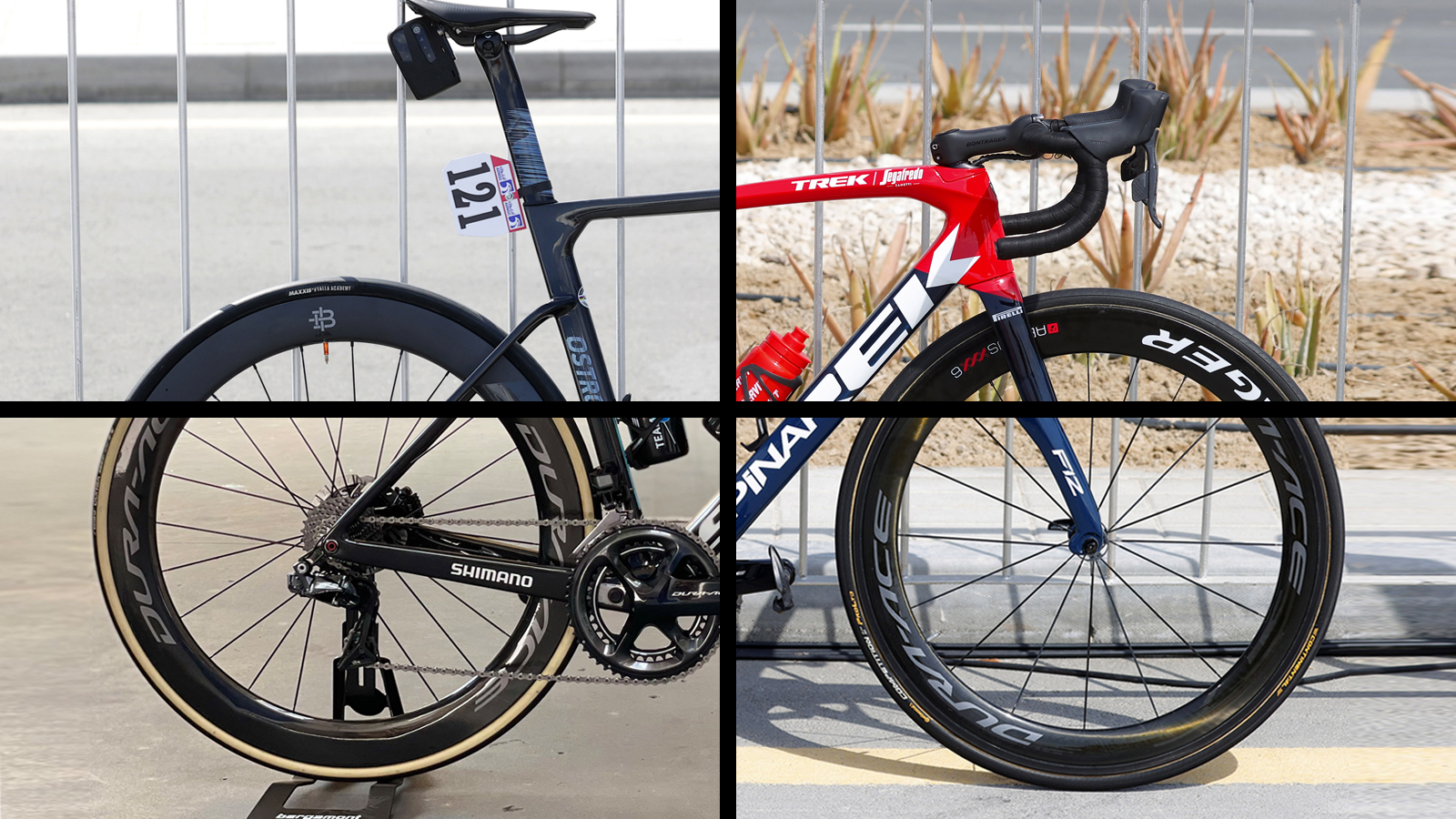
Purpose of road bikes and mountain bikes
Road bikes are designed for all sorts of paved-surface riding. That means city streets, country lanes, cycle paths, mountain passes, and more. These bikes are lightweight and aerodynamic, designed to be fast in a straight line but also fast uphill. Their frame geometry, components, and handlebar shape lend them to being fast – and you’ll probably not want to take your road bike off-road.
Mountain bikes are designed for off-road riding, almost the opposite of road bikes. The thick tyres and treads on mountain bikes make them extremely slow on tarmac as if the heavy frame wasn’t slowing you down enough, though they're perfectly suited to helping you stay upright on rocky, muddy singletrack trails. The flat handlebars and suspension systems on mountain bikes are meant to improve handling and comfort off-road, especially on steep and technical singletrack. A mountain bike’s frame geometry is designed to help cushion blows and improve balance over bumpy sections and works with powerful disc brakes and massive gearing ranges for all sorts of off-road terrain.
Get The Leadout Newsletter
The latest race content, interviews, features, reviews and expert buying guides, direct to your inbox!
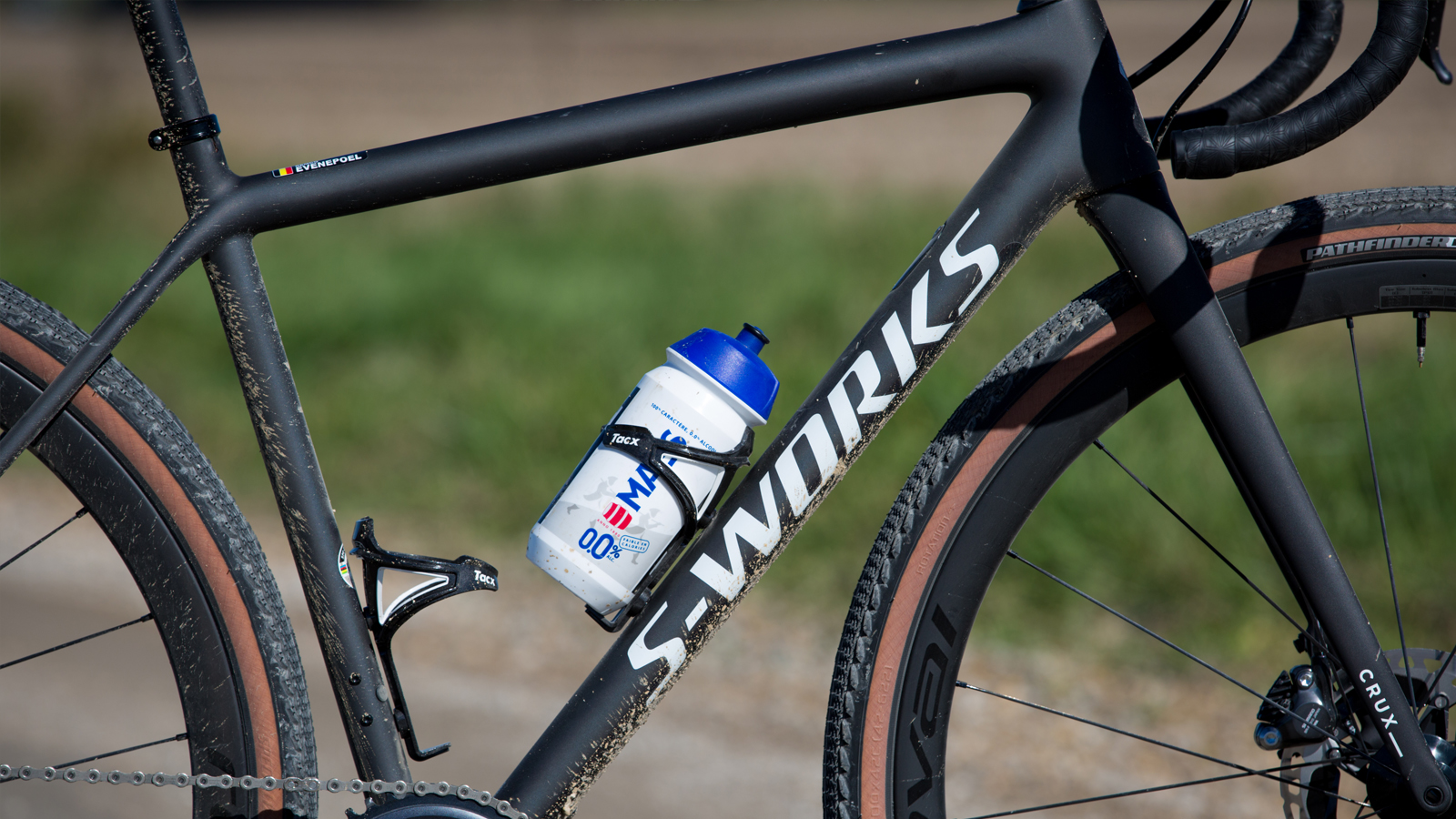
Frame geometry
Beginning with the frame itself, the best road bikes are designed to be compact and aerodynamic compared to mountain bikes which are designed to be stable over rough ground. A road bike will have a relatively long reach and top tube compared to a mountain bike, which helps the road rider stretch out into an aerodynamic position while riding.
Mountain bikes have a shorter reach and top tube than road bikes, which keeps the handlebars closer to the rider for improved handling. This also creates a more upright – and less aerodynamic – position on a mountain bike, but one that is better for tight corners, off-road handling, and keeping your centre of gravity low and central and pushing it rearwards on steep descents.
You will also find differing fork offsets (also known as the fork 'rake') between road and mountain bikes, which is the distance between a straight line through the fork’s steerer tube and a vertical line through the front hub. Road bikes have a short rake, which results in a steep fork and snappy handling, while a mountain bike will usually have a larger fork rake and a slacker head tube angle which keeps the rider’s centre of gravity balanced on steep descents. This aspect effectively moves the front wheel further out in front of the frame, improving leverage and control on a mountain bike.
Lastly, we have trail, which is a complicated measurement combining the head tube angle with the fork rake, resulting in the difference in distance between the tyre contact point and the steering axis. All you need to know is this: a road bike will typically have a steep head tube and larger fork offset to lower trail and quicken handling. Endurance mountain bikes typically have larger trails which improve stability and are better for high-speed handling on rough terrain.
- Gravel bikes vs mountain bikes: Understanding the differences
- Road bikes vs gravel bikes: Understanding the differences
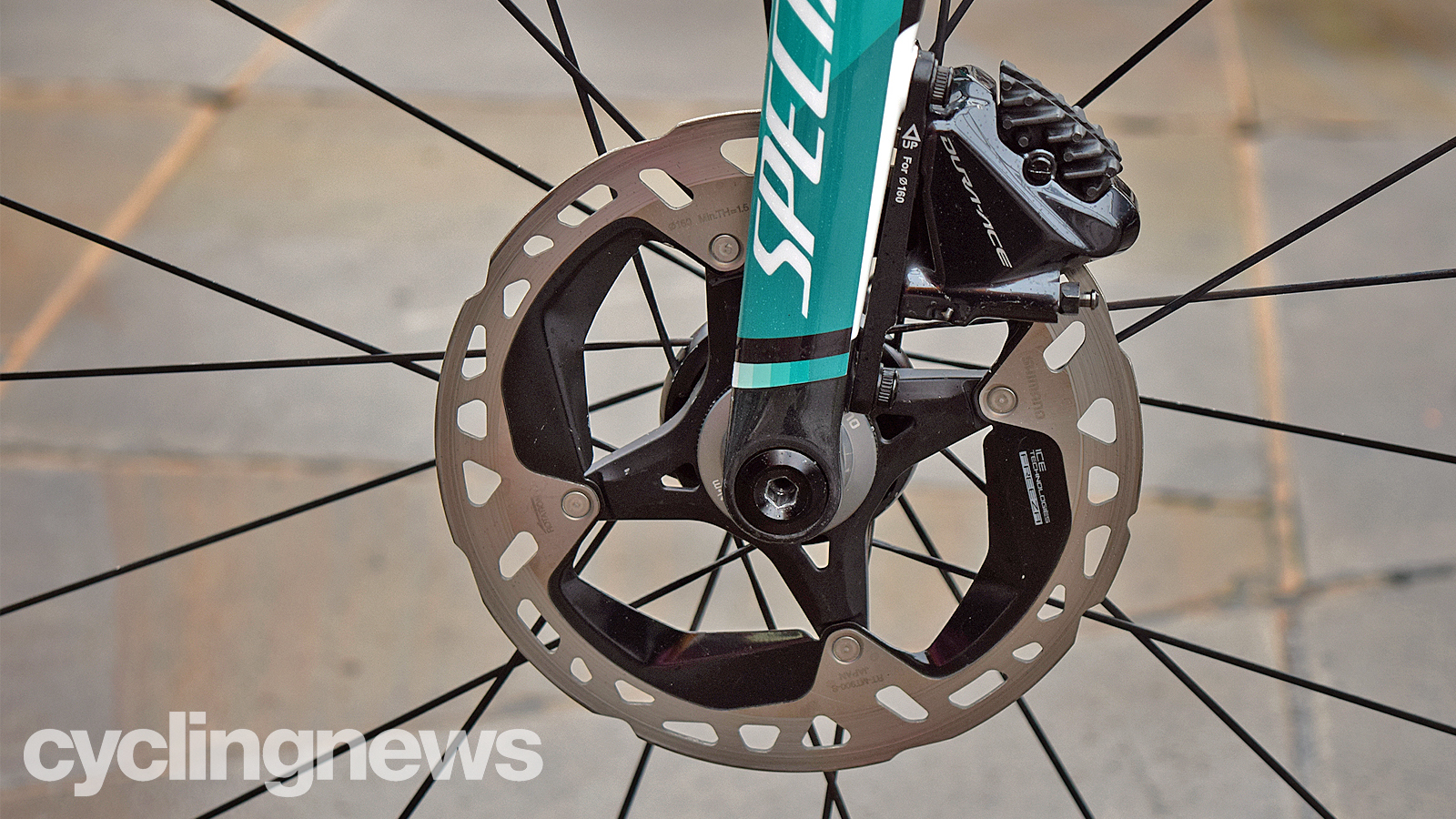
Gearing and brakes
Most mountain bikes these days come with a 1x set-up, which means that there is just one front chainring. This decreases the chances of the chain coming off and eliminates the need for a heavy, expensive, and finicky front derailleur. With only one front chainring and extremely steep terrain to tackle, mountain bikes need a massive rear cassette with a wide gearing range. Some cassettes have earned the name ‘dinner plate’ for their massive size, sometimes going all the way up to a 50t rear cog. Manufacturers are now making 11-speed and 12-speed mountain bike cassettes from a 10t cog to a 50t and larger, so even with a 1x set-up, you can achieve a huge range of gearing for steep singletrack climbs and fast descents.
There are a lot more options when it comes to road bike gearing, including compact and race-ready set-ups. Most road bikes are 2x set-ups, which means they have two front chainrings and a front derailleur, with the classic setups being a 53/39, 52/36 or 50/34. Most road cassettes are 11-speed with a range from 11 to 28 or 30-tooth sprockets, although many riders are opting for even bigger options to help over steep climbs.
Many road cyclists, especially recreational, go with a compact chainring set-up which uses smaller front chainrings and larger rear cogs. This limits you on the upper end (at high speeds), but it allows you to keep pedalling at a comfortable cadence on ultra-steep climbs. With a compact chainring setup, you could still be pedalling at 80rpm up a nine-per-cent grade.
When we start thinking about brakes, there is only one answer for mountain bikes: disc brakes. Big, powerful, and high-performing in the wet, disc brakes are simply the best for off-road riding. Disc brakes also allow for more tyre clearance, which is best for mountain bikes that have wide and knobbly tyres. For downhill riding and extreme mountain biking, riders use disc brake callipers and rotors that are larger than normal, which help increase stopping power and performance and high speeds.
After decades of being outfitted with rim brakes, most road bike manufacturers have acknowledged the benefits of disc brakes on road bikes, and have begun including them on all of their road models. While many were sceptical because of the weight, aerodynamics, and safety, technology seems to have caught up with the concerns, and disc brakes are now a mainstay on road bikes.
You can still find road bikes with rim brakes, which are typically lighter than disc brakes, but they struggle to perform as well in wet weather. There is also less modulation to rim brakes, and they are less powerful overall. Many riders who go with rim brakes choose them for their convenience and affordability. They're also easier to set up and service compared to disc brakes. Much bike technology (trainers, car racks, bike stands) is still designed for rim brake bikes too.
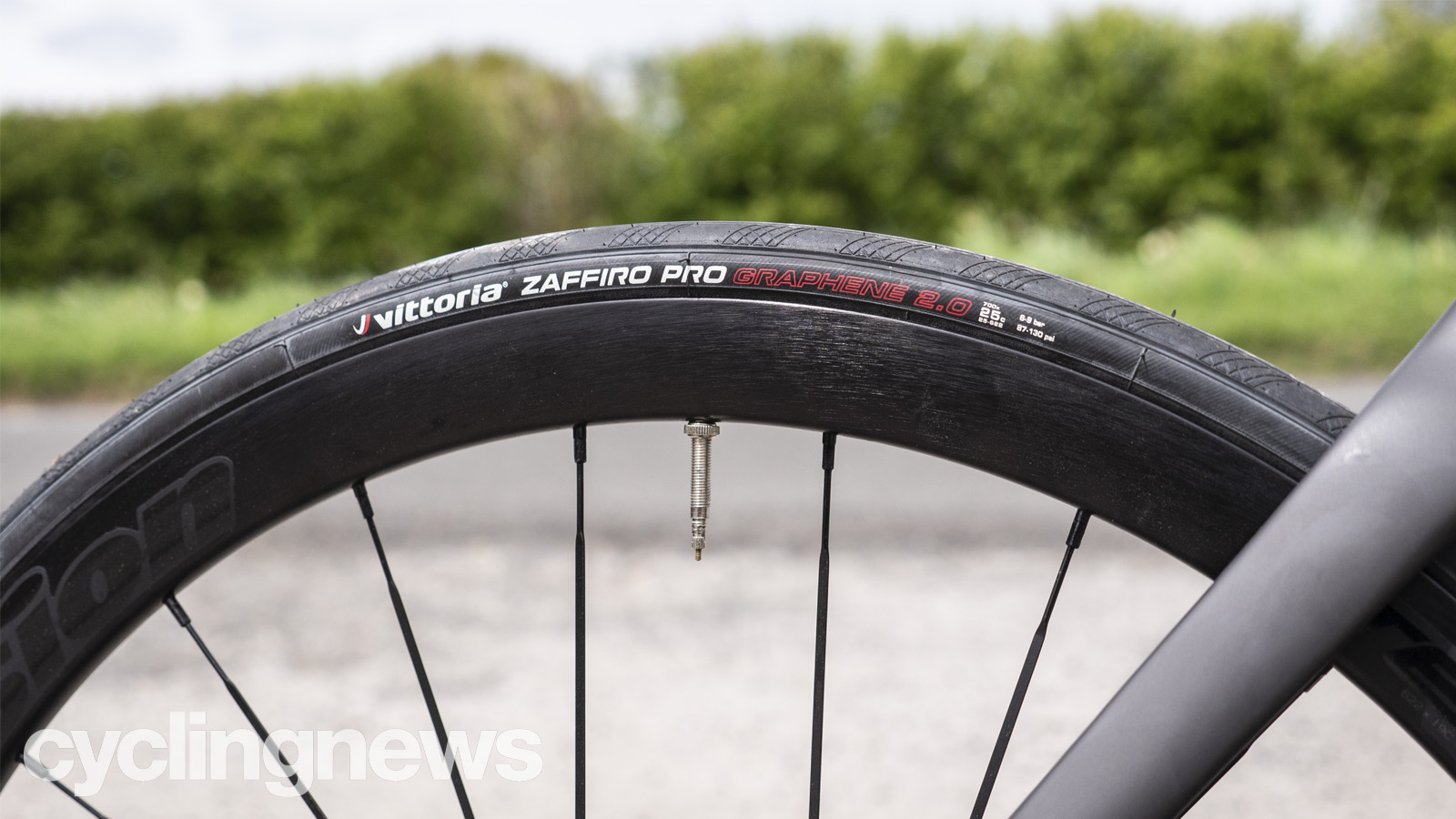
Wheels and tyres
Mountain bike tyres are wider and larger than those found on road bikes, which makes them stronger and more durable on rough terrain. Designed to handle rocks, roots, and ruts, mountain bike wheels and tyres are made to be durable and grippy on uneven ground. Mountain bike tyres are also puncture-resistant, with puncture-protected sidewalls and thick tread patterns.
Tread patterns on mountain bikes are thick and bulky and designs differ depending on the specific type of mountain bike riding. Race tyres will be much different to big mud tyres, while downhill tyres will be different to cross-country mountain biking tyres. Those differences don’t really exist in road tyres, at least when it comes to the tread patterns. Road tyres are mainly slicks, with very little tread apart from shallow grooves around the tyre, although winter road bike tyres may have a more aggressive tread pattern.
The best road bike tyres are significantly narrower than mountain bike tyres and measured in millimetres (mm) rather than in inches (in) used for mountain bike tyres. Starting at 21mm wide, you can find road tyres all the way up to 38mm wide, but that is still significantly narrower than the narrowest mountain bike tyres, which start at around two inches (50mm).
Road bike tyres are also designed to be run at much higher tyre pressures, usually between 50 and 100PSI. The larger size of mountain bike tyres makes them able to run at low pressures (15-35psi) which also means better performance on rough and wet terrain.
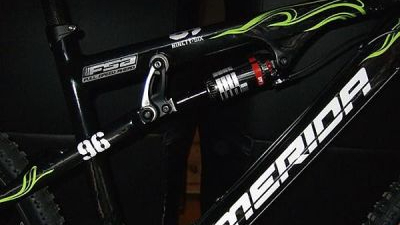
Suspension
Suspension is one of the most unique aspects of a mountain bike and one that you will rarely find on a road bike. There are two kinds of mountain bikes, designated by their suspension systems: hardtail and full suspension. Hardtail mountain bikes include only front suspension, which is usually in the fork. These systems usually have 100-170mm of travel. Hardtail mountain bikes are much lighter than full-suspension bikes too, which makes them ideal for cross-country and short-track mountain bike racing.
Full-suspension mountain bikes have both front and rear suspension, which improves overall comfort and handling over rough and technical terrain. These bikes are significantly heavier and more expensive than hardtail mountain bikes, but they perform much better on rough trails. Full-suspension mountain bikes can have anywhere from 100-200mm of travel, making them ideal for all sorts of trail riding, downhill mountain biking and racing.
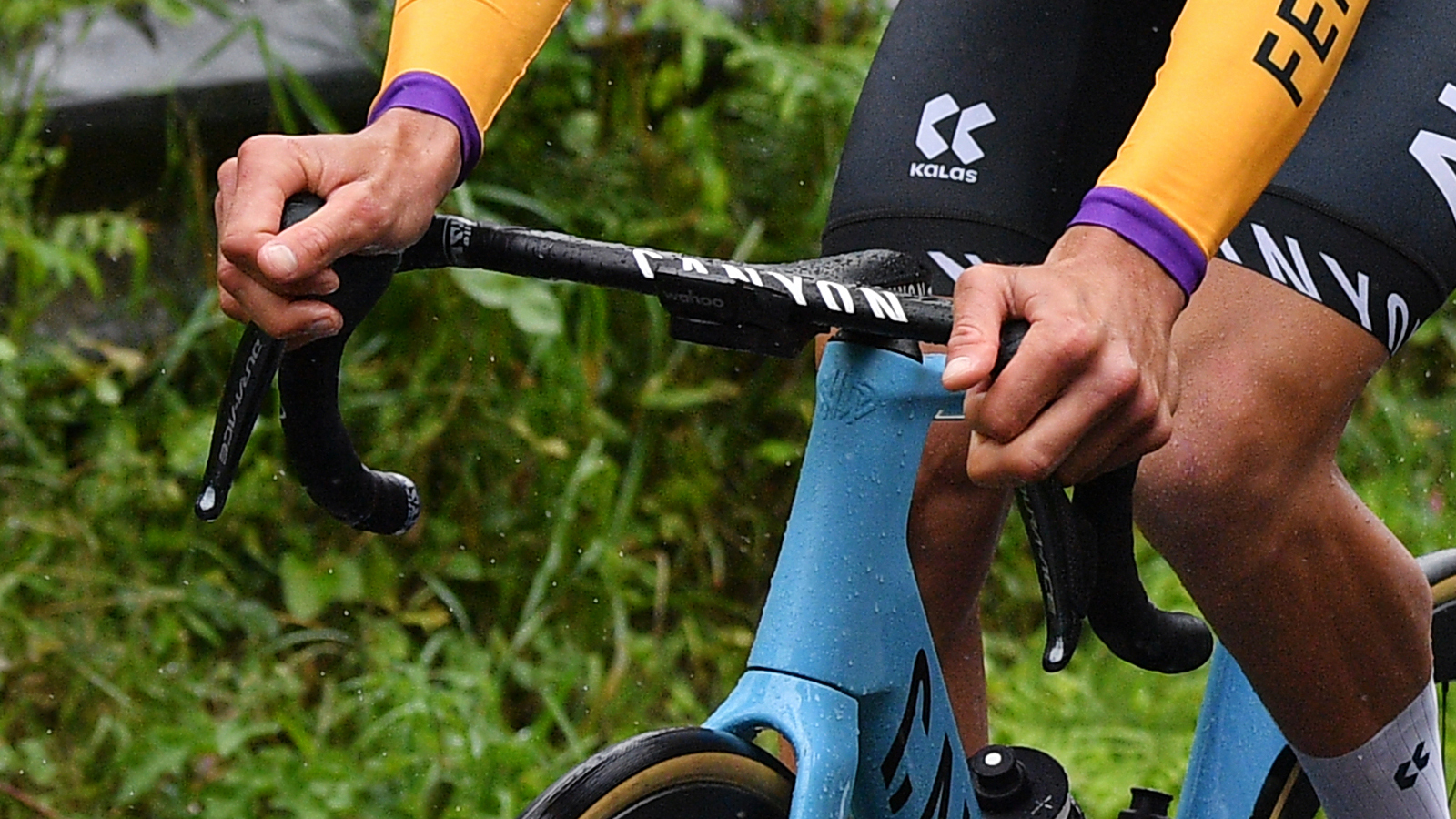
Handlebars
One of the biggest differences between a road bike and a mountain bike is its handlebars. Road bikes have drop bars, which are curved sets of handlebars that offer three different hand positions for riding: the hoods, drops, and tops. The brake and shift levers are located on the hoods, which is the most common hand position for road cycling. Riders use the drops for descending, sprinting and racing, while the tops are used for climbing and casual riding.
Mountain bikes use flat handlebars that extend close to horizontally from left to right across the front of the bike. There is only one riding position on flat mountain bike handlebars, and that is with your hands on either side of the flat bar. The shift and brake levers are located at the end of each side of the bar, making them easy to reach with just a finger or a thumb.
Flat bars are much wider than drop bars, which – along with their style – helps improve leverage and handling in tight corners. For steep and tight single-track corners, flat bars are far superior to drop bars.
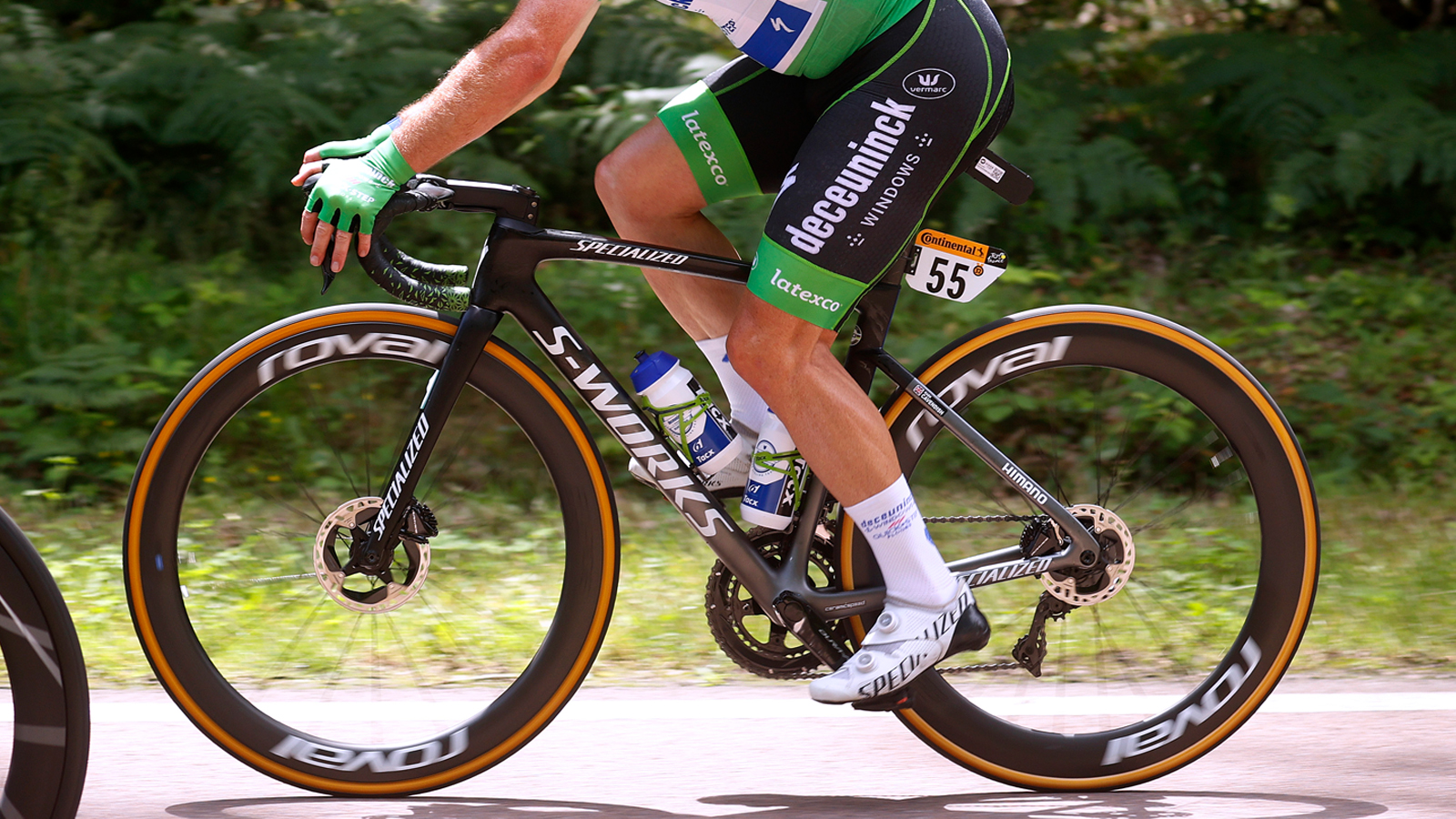
Riding position
The differences between a road cycling position and a mountain biking position are massive. On a road bike, you’ll be stretched out with a longer reach, closed hip angle and forward-leaning position. While on a mountain bike, you’ll be seated in a much more upright position thanks to a short reach, slacker head tube angle, and flat handlebars. The wide tyres and suspension will keep you more comfortable on rough terrain, and you won’t have to worry much about the aerodynamics on a slower mountain bike ride.
Endurance road bikes have a more relaxed geometry that is less aerodynamic than a race bike but more comfortable for the long haul. These are the bikes designed for all-day adventures, using a more upright position to save your back and your arms, while also keeping many of the same road bike features that make them fast and fun.
How to choose
This one is simple: are you riding on-road or off-road? Road bikes are meant for the road, while mountain bikes are not. If you’re riding on mixed terrain, then one of the best gravel bikes is probably your best option. When shopping for a new bike, keep in mind the differing frame geometry and your needs as a rider.
Comfortable frame geometry usually means slower, and the same goes for off-road features of mountain bikes including wide and knobbly tyres, suspension, and flat bars. Both bikes have their place in cycling, and you’ll be able to find the perfect fit no matter your preference.
Zach is a freelance writer, the head of ZNehr Coaching, and an elite-level rider in road, track, and e-racing. He writes about everything cycling-related, from buyer's guides to product reviews and feature articles to power analyses. After earning a Bachelor’s Degree in Exercise Science at Marian University-Indianapolis, Zach discovered a passion for writing that soon turned into a full-fledged career. In between articles, Zach spends his time working with endurance athletes of all abilities and ages at ZNehr Coaching. After entering the sport at age 17, Zach went on to have a wonderful road racing career that included winning the 2017 Collegiate National Time Trial Championships and a 9th place finish at the 2019 US Pro National Time Trial Championships. Nowadays, Zach spends most of his ride time indoors with NeXT eSport.